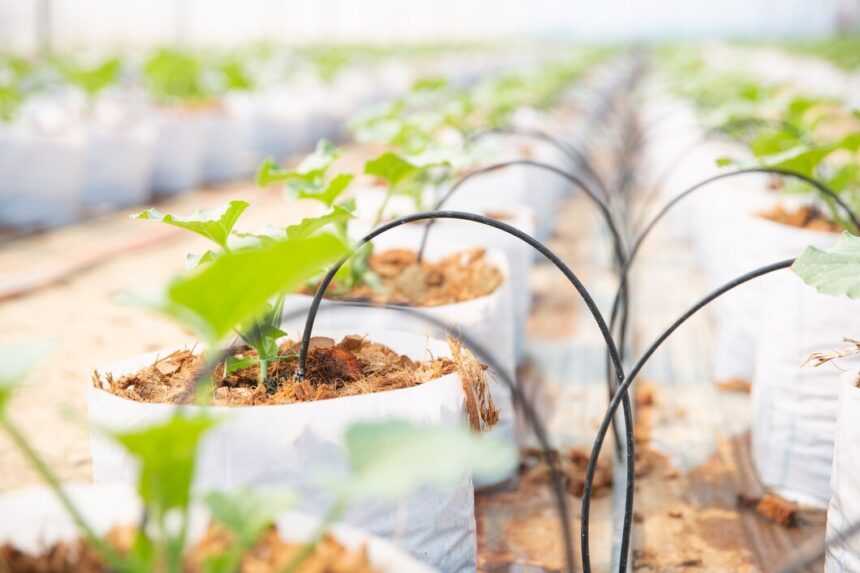Drip irrigation is a highly efficient watering method that can revolutionize agricultural practices in South Africa. By delivering water directly to the root zone of plants, drip irrigation conserves water, reduces waste, and enhances crop yields. Here’s a comprehensive guide on how South African farmers can implement drip irrigation to maximize efficiency and productivity.
1. Understand Drip Irrigation Basics
Drip irrigation involves a network of tubes, pipes, and emitters that deliver a precise amount of water directly to the plant roots. This system minimizes water loss due to evaporation and runoff, making it ideal for South Africa’s often arid and semi-arid conditions. Understanding the components and functionality of a drip irrigation system is the first step to successful implementation.
2. Assess Your Water Source
Before installing a drip irrigation system, evaluate your water source. Ensure that it provides a reliable and adequate supply of water. Additionally, check for water quality, as high levels of sediment or chemicals can clog the system. Pre-treating water with filters or treatment systems may be necessary.
3. Design the System for Your Crops
Tailor the drip irrigation system to the specific needs of your crops. Consider factors such as plant type, soil characteristics, and spacing. A well-designed system will include mainlines, sub-mainlines, and emitters or drippers that deliver water efficiently to each plant. Use design software or consult with experts to optimize the layout.
4. Install Proper Filtration and Pressure Regulation
To prevent clogging and ensure uniform water distribution, install appropriate filtration systems. Filters remove debris and particles that can obstruct emitters. Pressure regulators maintain consistent water pressure, which is crucial for even water distribution and optimal performance of the system.
5. Optimize Emitter Placement and Flow Rates
Emitter placement and flow rates should match the water requirements of your crops. For row crops, place emitters along the row, while for tree crops, position them around the root zone. Adjust flow rates according to plant needs and soil moisture levels to avoid over- or under-watering.
6. Monitor and Adjust Watering Schedules
Regularly monitor soil moisture levels and crop health to adjust your watering schedules. Drip irrigation allows for precise control, but it’s important to tailor the schedule to changing weather conditions and growth stages. Use soil moisture sensors or manual checks to determine when and how much to water.
7. Implement Maintenance Practices
Regular maintenance is essential to keep the drip irrigation system functioning efficiently. Check for clogged emitters, leaks, and damage to hoses or pipes. Clean filters and flush the system periodically to remove any build-up that might affect performance.
8. Utilize Water Conservation Techniques
Drip irrigation is inherently water-efficient, but additional water conservation practices can further enhance its benefits. Use mulching to reduce evaporation, and employ soil moisture sensors to fine-tune watering schedules. Implementing these practices helps maximize water use efficiency.
9. Train and Educate Your Team
Ensure that all members of your farming team are trained in the operation and maintenance of the drip irrigation system. Proper training helps prevent errors, reduces downtime, and ensures that the system is used effectively to achieve the best results.
10. Evaluate and Adjust System Performance
Continuously evaluate the performance of your drip irrigation system. Collect data on water usage, crop yields, and system efficiency to identify areas for improvement. Regular assessment allows for timely adjustments and ensures that the system continues to meet your agricultural needs.
By adopting drip irrigation, South African farmers can achieve more efficient water use, improve crop yields, and contribute to sustainable agricultural practices. Implementing this technology requires careful planning and management, but the benefits make it a worthwhile investment for enhancing productivity and conserving vital water resources.
Join 'Farmers Mag' WhatsApp Channel
Get the latest Farming news and tips delivered straight to your WhatsApp
CLICK HERE TO JOIN






